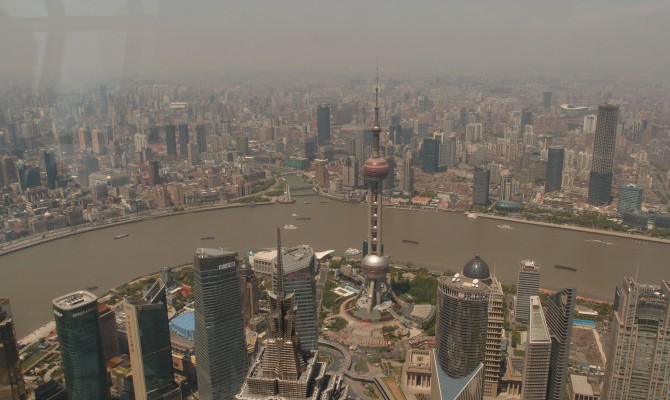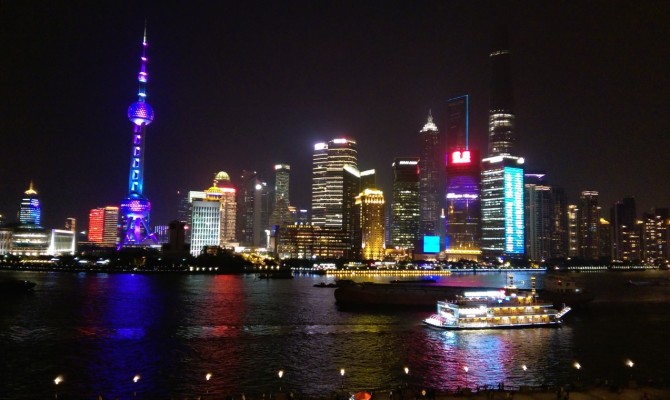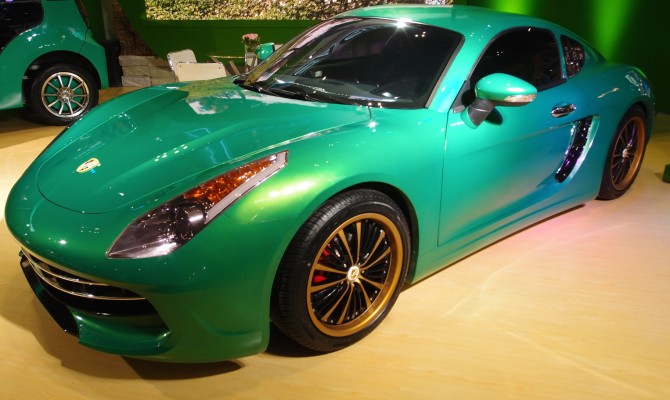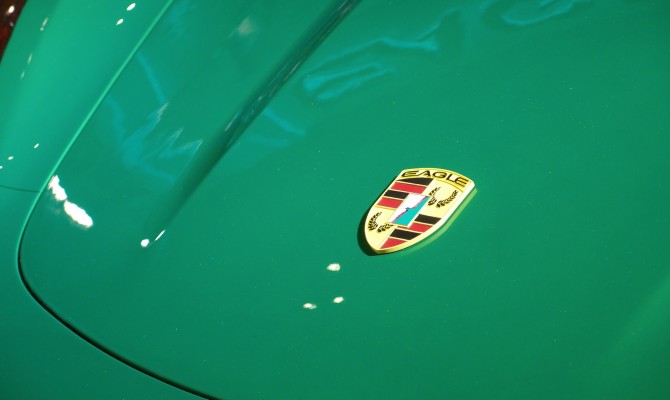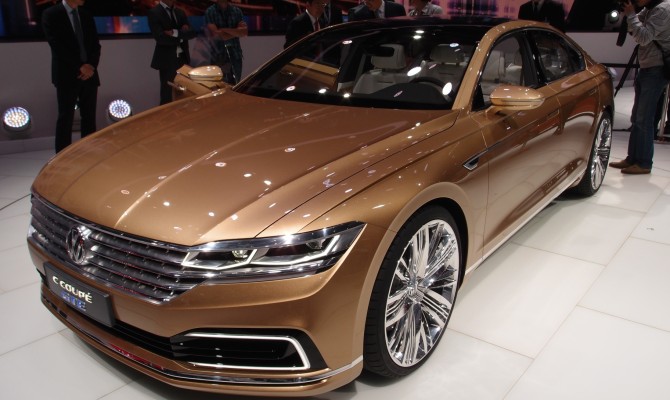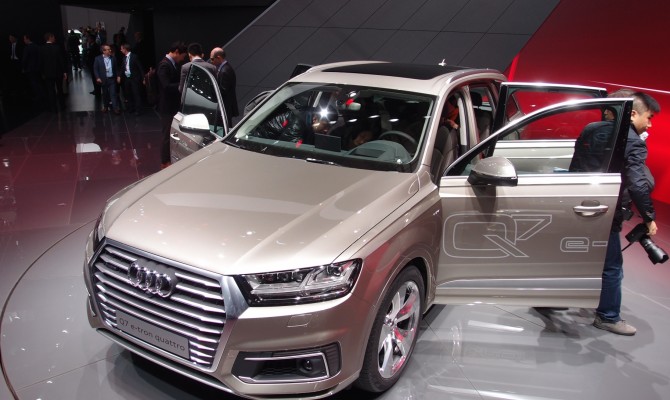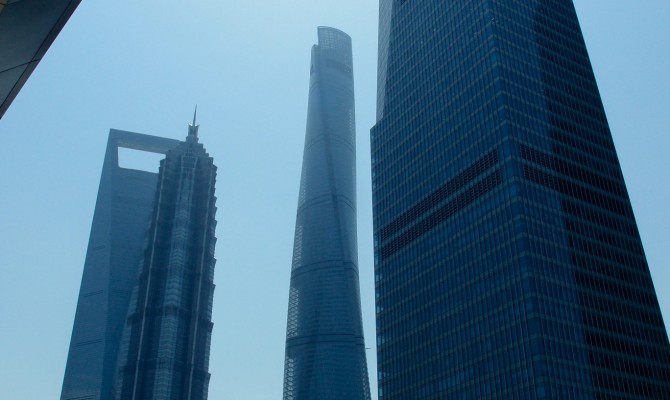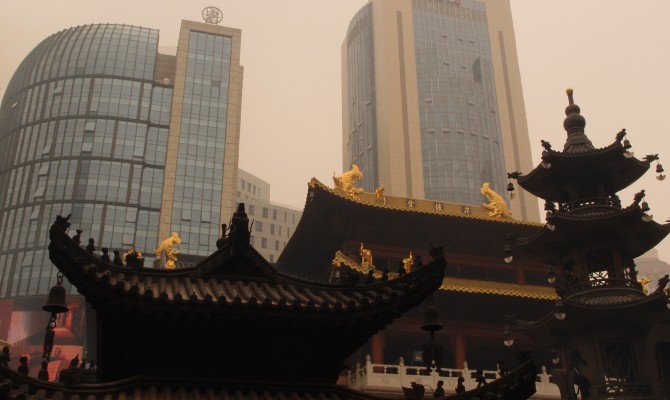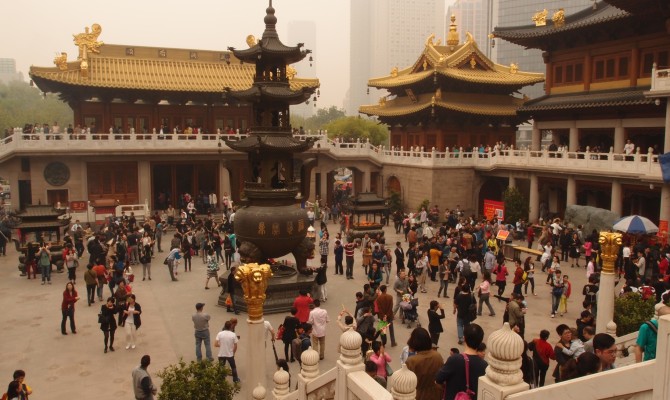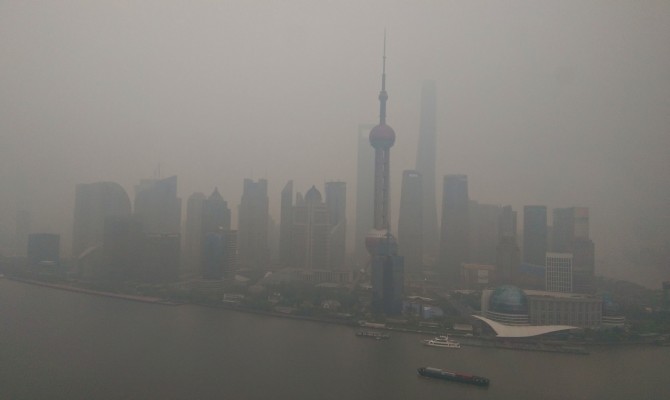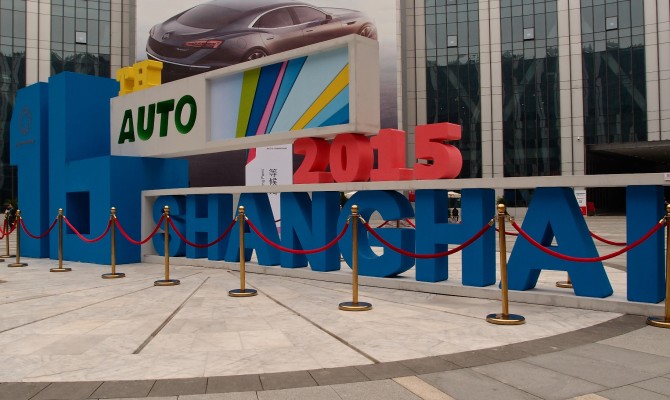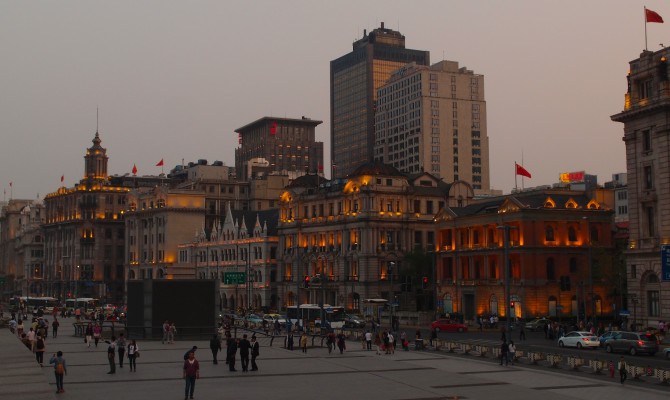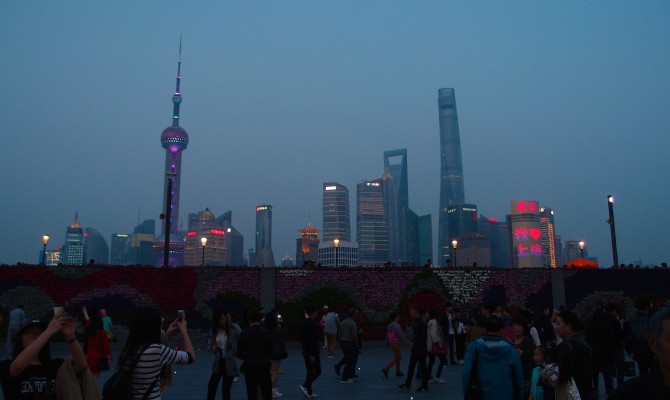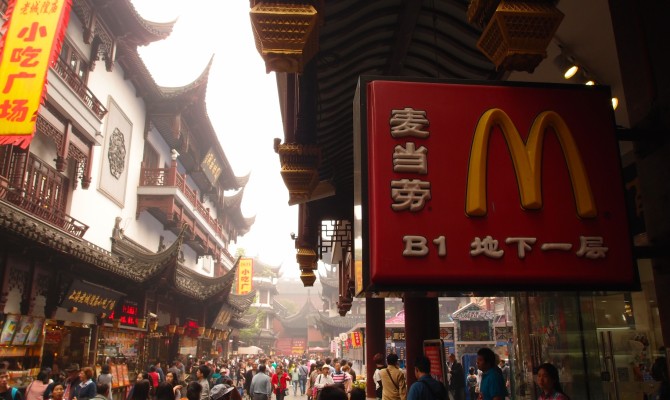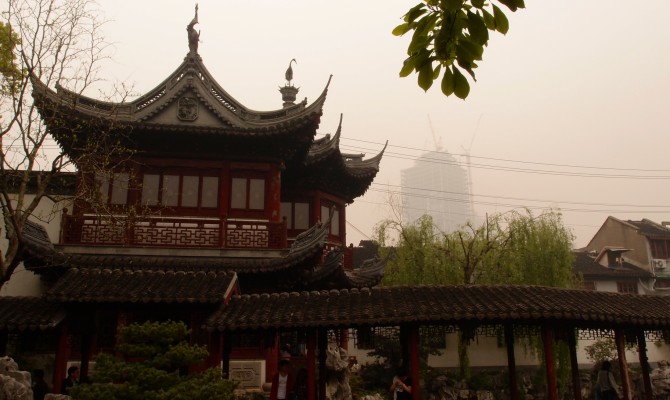“The problem is that clear days are few and far between due to the suffocating pollution that can blanket this country.”
Visiting China can make your head spin – from the number of people to the sights and smells, even the impact to the environment is all a bit overwhelming.
Shanghai was the sight of China’s big 2015 auto show, alternating each year with Beijing. The difference between the two cities is vast. Beijing might be the capital but Shanghai is the bright light of capitalism that is the symbol, to the rest of the world, of just how quickly this country has changed.
(Check out: 23 Hottest Cars from the Shanghai Auto Show via Business Insider)
The traditional section of Shanghai is called the Bund, with colonial buildings facing the Huangpu River and the financial centre, across the river, called Pudong. It’s hard to believe but this section of the city was farmland 20 years ago. It’s now home to some of the tallest towers anywhere in the world. The Shanghai Tower will open to the public this summer and it is 640 metres tall, which is more than three times taller than the tallest building in Vancouver and almost 100 metres taller than the CN Tower. The second tallest building was open for this trip and at 492 metres provided stunning views on a clear day.
The problem is that clear days are few and far between due to the suffocating pollution that can blanket this country. The source of the smog are the many factories that build the endless items the world buys, plus the coal-fired energy and steel plants that make it all work.
Since China is now the largest new car market in the world, with more than 18 million vehicles sold each year, the push is on to limit the number of cars on the road and promote cleaner solutions. The city of Shanghai charges massive licensing fees for each car on the road. In some other cities you can either drive on even or odd days.
The auto manufacturers used the show to highlight new technology that will help cut vehicle pollution. For example, VW showcased the C Coupe GTE concept that looked ready to roll. This car would only be available in China and bring a level of luxury not found in other VWs here. It has a plug-in hybrid system that helps provide the best of both city and highway driving modes.
The idea is to use up to 50 kilometres of electric range in the city, then switching to a gasoline/electric hybrid system outside of the city. Audi also showcased a production plug-in hybrid called the Q7 e-tron, which is a large SUV with a small turbocharged gasoline engine married to an electric motor. Just like the VW concept, it can run on pure electric power thus reducing tailpipe emissions.
The Shanghai show is massive, with eight enormous halls showcasing brands from all over the world, including more than 100 domestic brands we will never see on our side of the of the world. Some domestic brands are doing exciting things but China is also known for some vehicles that look so much like existing brands, they could be called knock-offs or “genuine imitations”.
The government might be trying to eliminate air pollution but there seems to be no curbing the fake versions of import brands.
On one hand, it is fascinating to see a city of 24 million people charging towards the western lifestyle but it is a sad that progress is crowding traditional China. Visiting ancient temples and gardens is wonderful but you are always reminded of the 21st century. Just in the background is yet another high-rise being built for the throngs of newcomers to the big city from the countryside.
Let’s hope the auto industry can help alleviate some of the air quality problems. But to do so it will require the population to embrace these more environmentally friendly cars as much as it has embraced change in other aspects of Chinese life.
Recent Comments
- { Enjoyed your Forest of Bowland in the BMW X5M, particularly the photo of the BMW in front of the main part of Stonyhurst College where... }
- { Bantam designed the Jeep, not Willy's or Ford. The American military gave the original Bantam prototype to Willys and Ford to copy. There is plenty... }
- { All Escalades come with a 6.2-lilter V8 engine that produces 420 horsepower. A six-speed automatic is the only transmission offered and drives the rear wheels.... }
- { Alexandra is an excellent journalist. }
Popular Posts
- Journey to a ‘Sparkling’ Luxury Okanagan Resort “Four lucky readers will put a Dodge Journey’s weekend-...
- The Need For Speed: Hike Those Highway Limits More than half of those polled believe the province sho...
- Drives-U-Crazy… Erratic drivers. An early morning drive from Kelowna to Vancouver is nor...
- Readers Respond: The Pros and Cons of Increasing B.C. Speed Limits Increasing the speed limits will only increase risk to...
- Honda CR-V Review: The Compact Crossover To Get Things Done The CRV is a very stylish and aerodynamic crossover veh...


